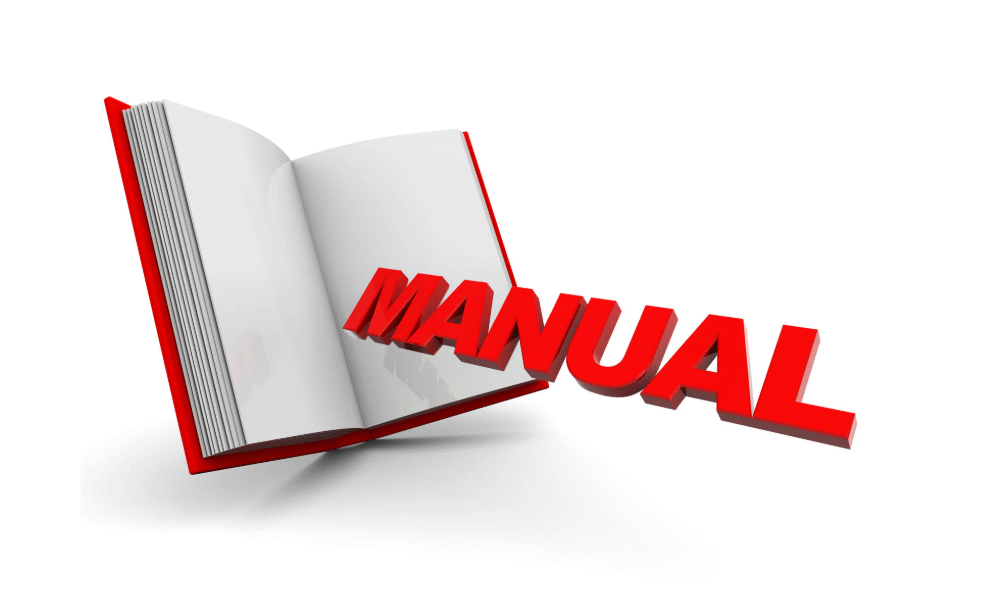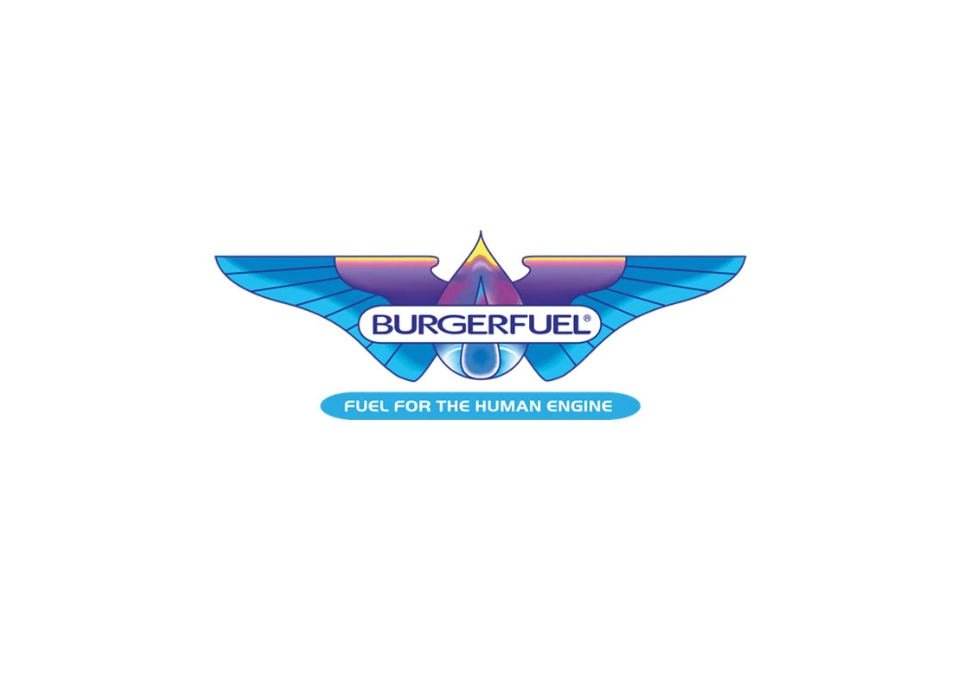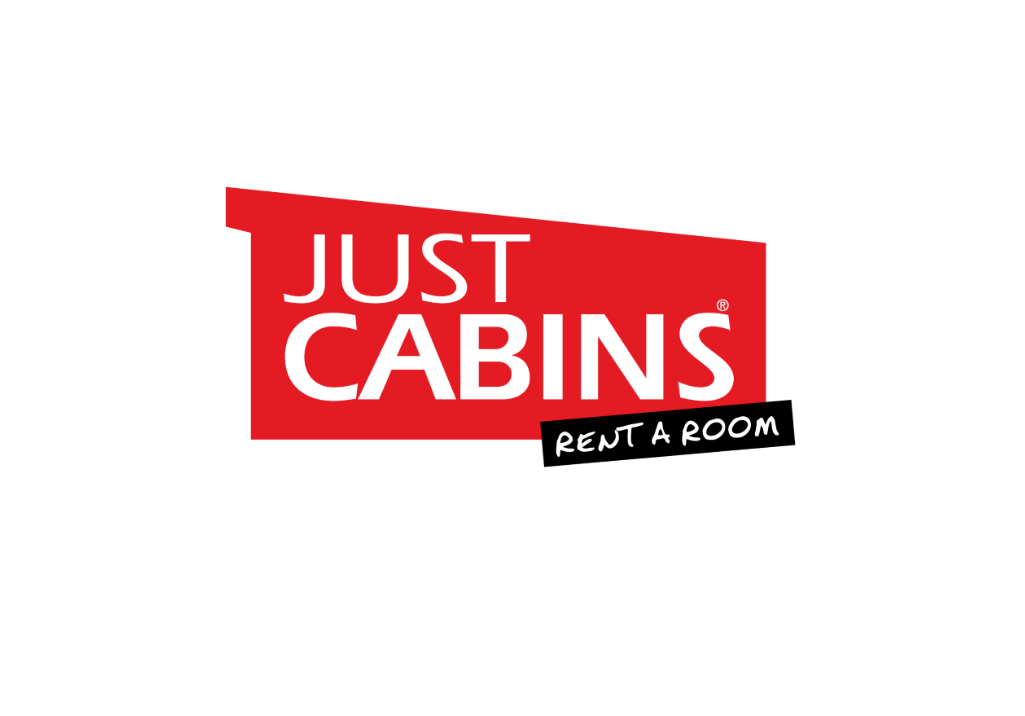Expanding a business through franchising can be one of the most rewarding ways to grow in New Zealand’s competitive market. However, the success of a franchise network depends heavily on consistency—delivering the same customer experience across every location. A well-written franchise manual is the cornerstone of that consistency. It serves as both a training tool for new franchisees and an operational guide for day-to-day business activities. In New Zealand, where business culture values transparency, trust, and compliance, crafting a comprehensive franchise manual is not just best practice but an essential step in safeguarding your brand.
Understanding The Purpose of a Franchise Manual
Before you begin writing, it is important to understand what a franchise manual actually does. It is more than a set of instructions—it is the blueprint of your business model. In New Zealand, franchisees often enter agreements with the expectation of ongoing support and clarity. Your manual should explain not only how to operate the business but also the brand values, quality standards, and compliance requirements that underpin your reputation. This means addressing everything from customer service protocols to health and safety standards, which are particularly significant under New Zealand’s workplace safety laws.
Structuring The Manual for Clarity and Use
A strong franchise manual needs a logical structure so that franchisees can find information quickly and use it in real-world scenarios. Begin with a general overview of your business history, mission, and brand philosophy. Then outline the operational framework—this could include store layout guidelines, product or service delivery processes, and supplier arrangements. You should also detail the marketing and advertising strategies allowed under the franchise system, ensuring compliance with New Zealand’s Fair Trading Act and Advertising Standards Authority codes. Finally, provide clear instructions for financial management, reporting obligations, and performance monitoring so franchisees understand both their responsibilities and your expectations.
Ensuring Legal and Compliance Accuracy
In New Zealand, there is no specific franchise law, but there are multiple regulations that affect franchise operations. These include the Commerce Act, Consumer Guarantees Act, Fair Trading Act, and health and safety legislation. A franchise manual should be carefully reviewed to ensure it does not contain misleading claims or processes that could lead to non-compliance. It is wise to work with a legal professional experienced in franchising to ensure that the manual supports, rather than conflicts with, the franchise agreement. Clarity around intellectual property use—such as brand names, logos, and proprietary systems—is also essential to protect your assets.
Making The Manual Practical and Accessible
While the legal aspects are crucial, the manual should also be written in a practical, easy-to-follow style. Franchisees will rely on it not just during initial training, but also during busy periods when quick answers are needed. Using plain English and avoiding excessive jargon will make it more effective, especially in a diverse business environment where English may not be every franchisee’s first language. Many New Zealand franchisors now also offer a digital version of their manual, which allows for faster updates and easier distribution.
Updating and Maintaining The Manual
A franchise manual is not a static document. Laws change, technology evolves, and customer expectations shift. In New Zealand’s fast-moving economy, your manual should be reviewed at least annually to ensure it remains accurate and relevant. This might involve adding new operational procedures, updating marketing strategies, or reflecting changes in suppliers. A process for notifying franchisees of updates—whether through email alerts, online training sessions, or in-person meetings—ensures that every location stays aligned with the brand’s current standards.
Conclusion
Creating a franchise manual in New Zealand is a detailed process that combines legal compliance, brand consistency, and operational clarity. It is both a reference guide and a training tool, designed to help franchisees deliver the same high-quality service and products that customers expect from your brand. By investing time into developing a clear, legally sound, and regularly updated manual, you set a strong foundation for the growth and sustainability of your franchise network. In the end, a well-crafted manual is not just a document—it is the DNA of your business, ensuring that every branch of your franchise thrives in harmony with your vision.









